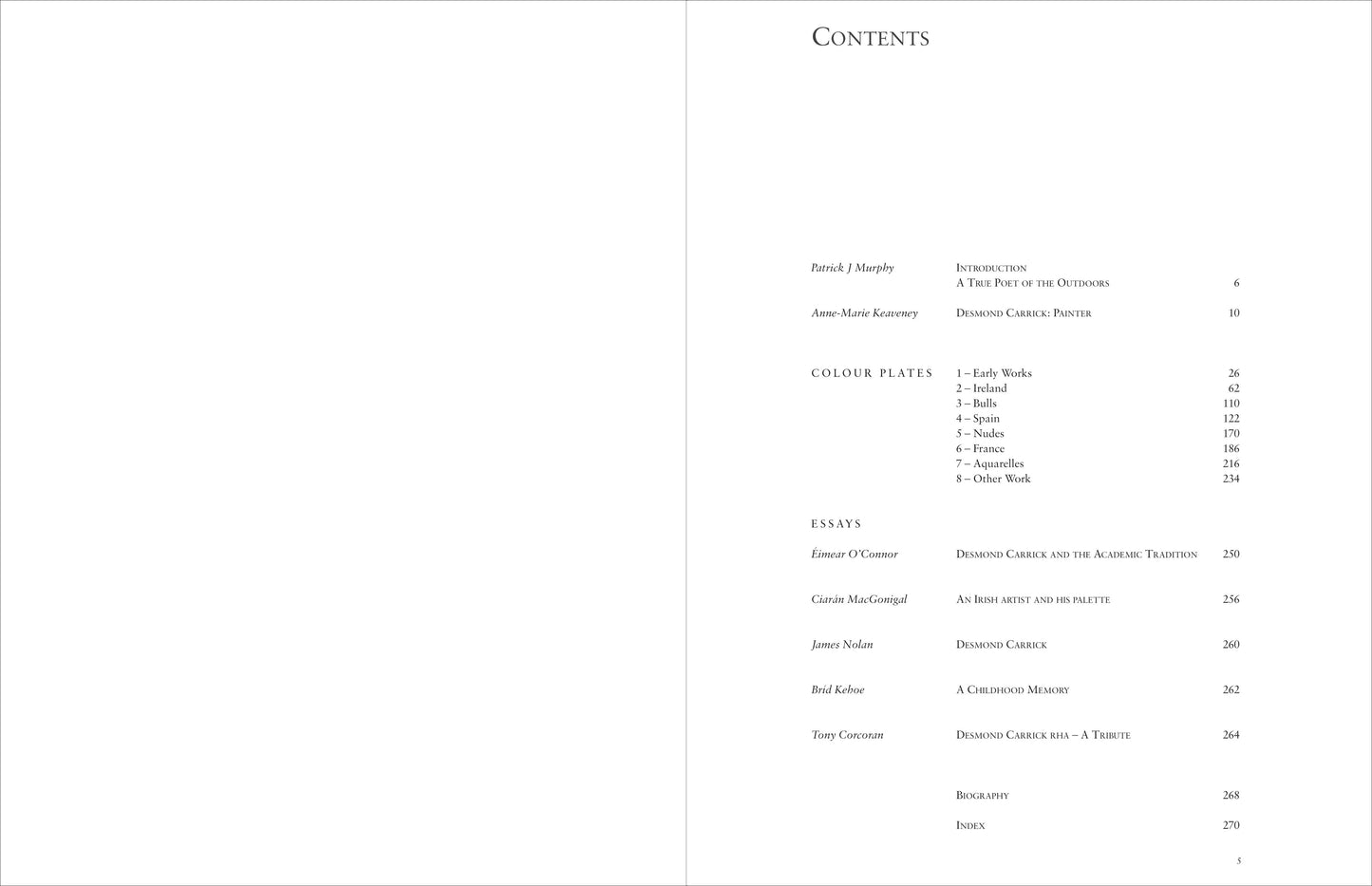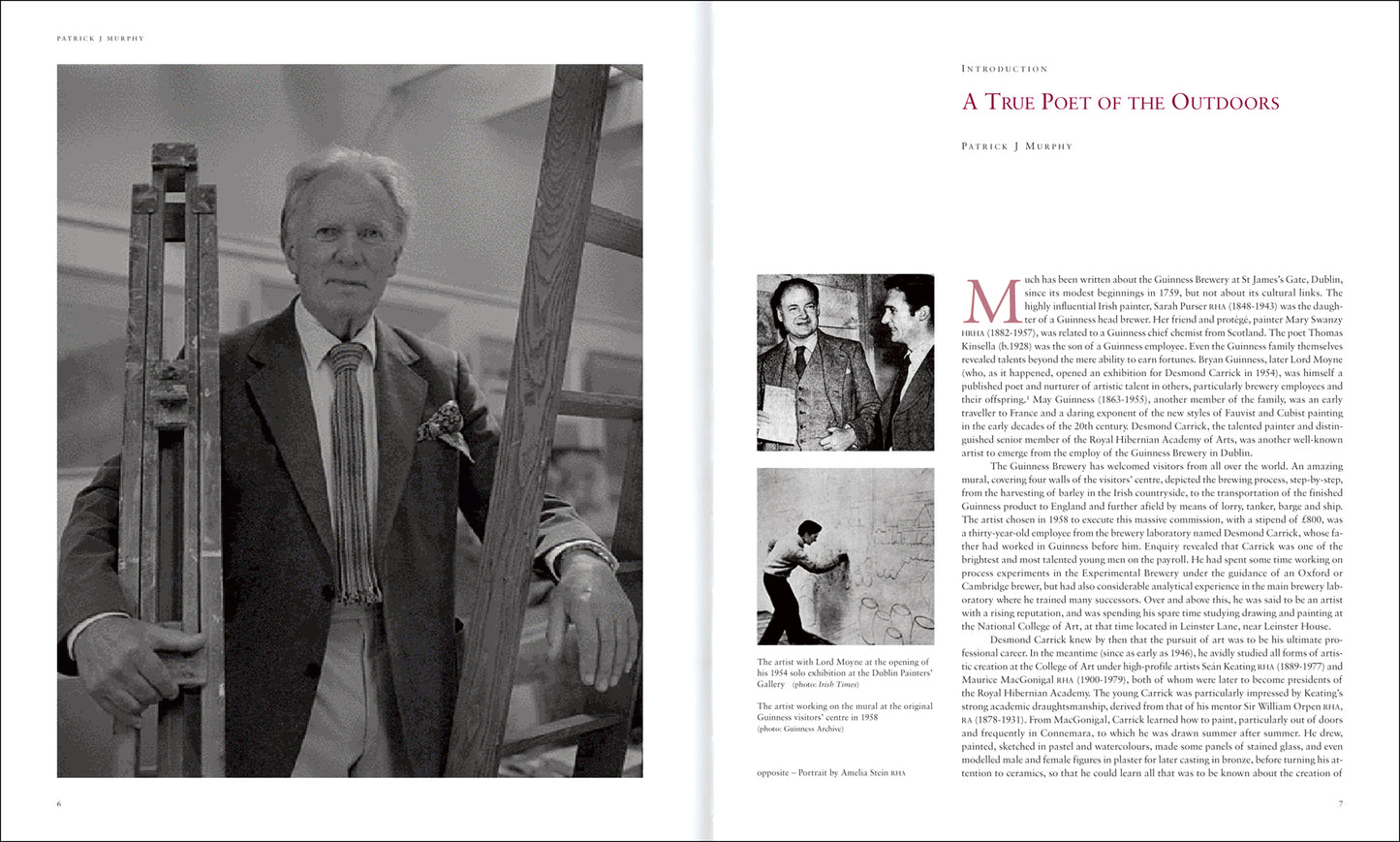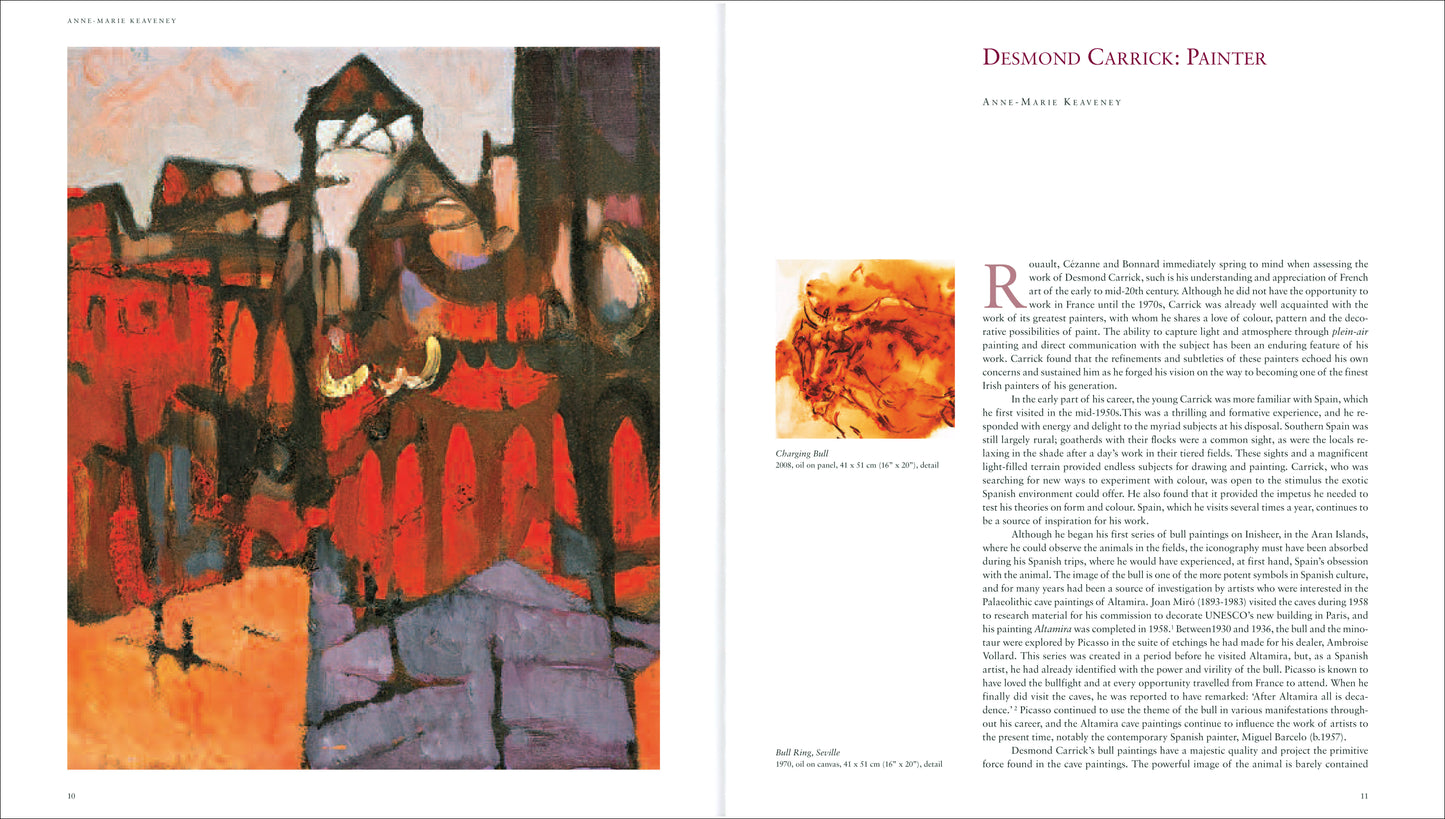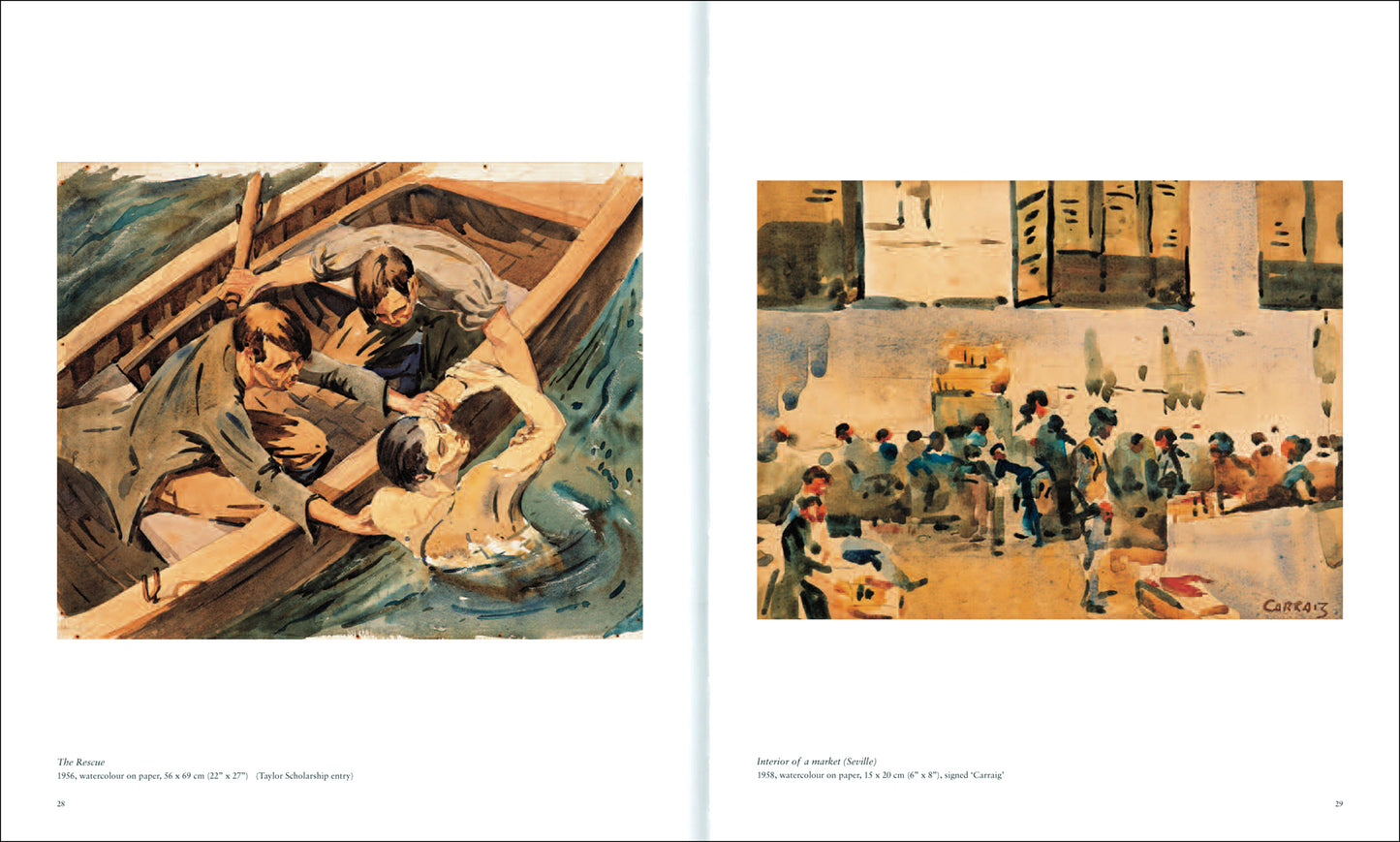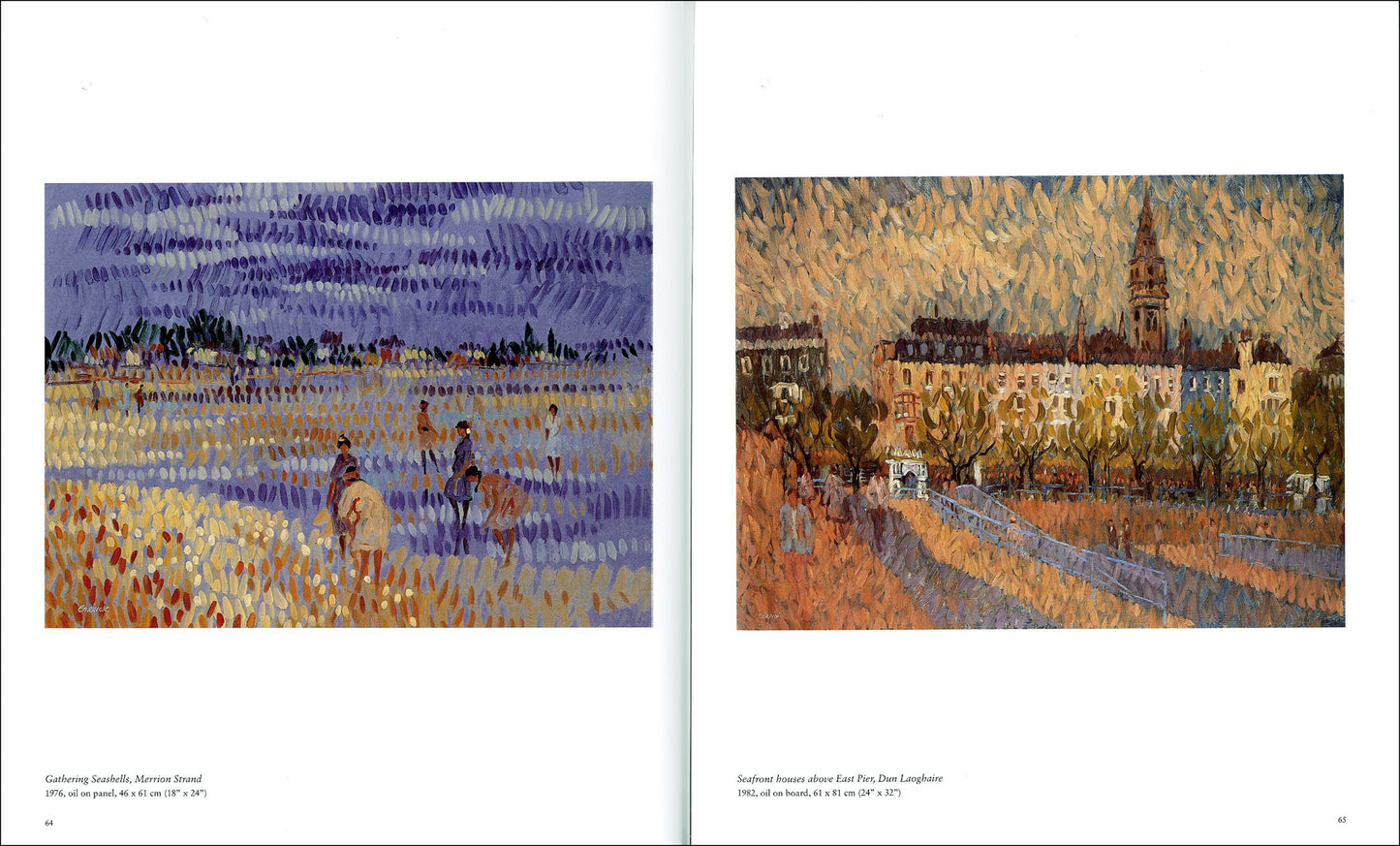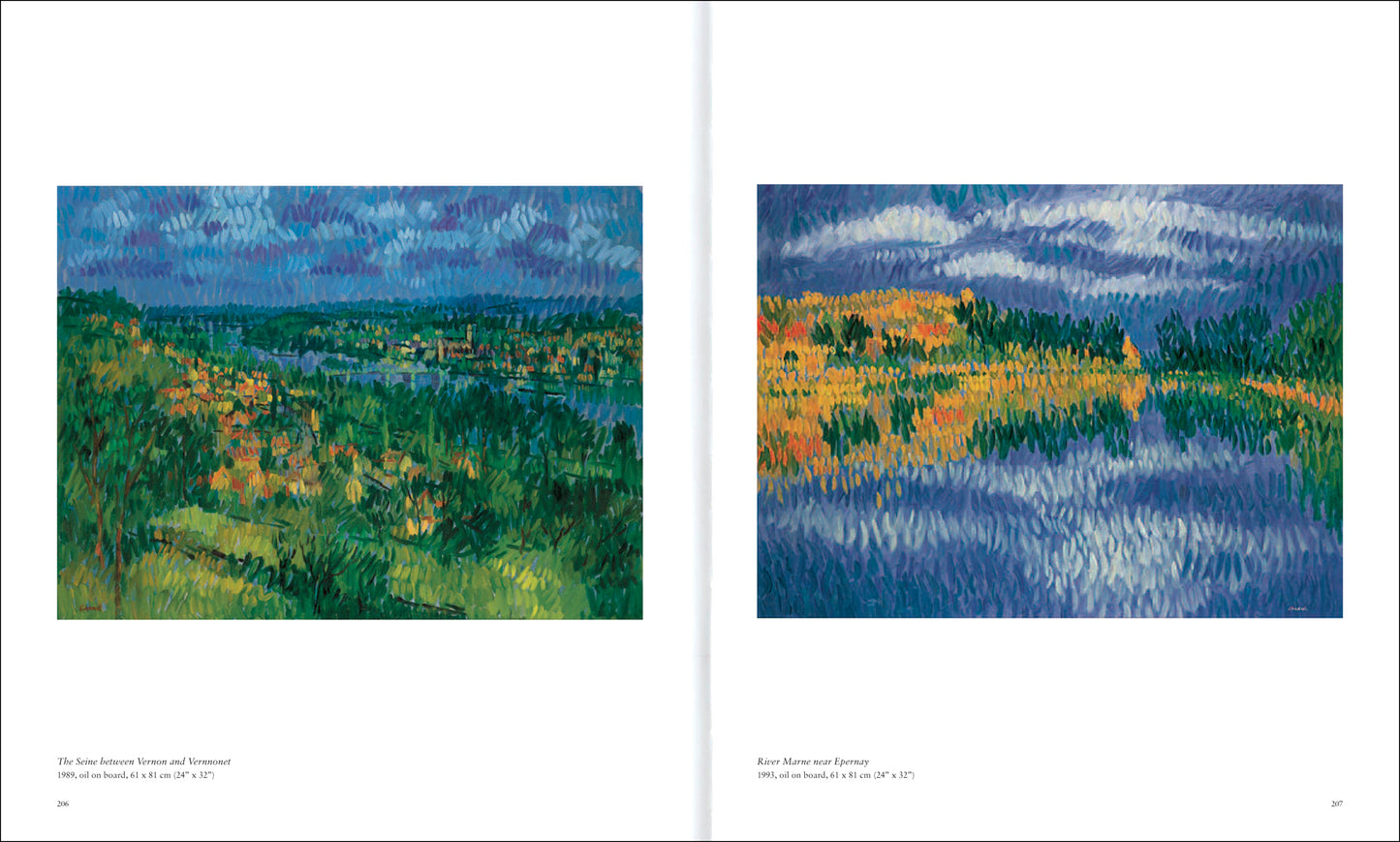Gandon
DESMOND CARRICK RHA – The Lie of the Land
DESMOND CARRICK RHA – The Lie of the Land
Couldn't load pickup availability
Share
ed. Tony Corcoran
essays by Anne-Marie Keaveney, Ciarán MacGonigal, Patrick J Murphy, Éimear O’Connor, et al
ISBN 978 0948037 740 272 pages (clothbound hardback) 29.5x24.5cm 635 illus index
This major monograph provides and indepth look at the work of this very notable Irish painter. It features hundreds of artworks from the 1950s to the present day, which the artist painted in Ireland, Spain and France. Carrick’s great appreciation of French art of the early to mid-20th century is plain to see in his ability to capture light and atmosphere through plein-air painting and direct communication with his subject. This is a wonderfully engaging and joyful book.
Many artists of his generation have started where the greats of the turn of the 19th-20th century have shown the way, and so does Carrick, with the immense difference that others tend to miss the point while Carrick seems always to be a confident master of what he does, never aping but opening and exploring paths that others pointed out ... This lovely book arrived as we were completing this column so we cannot do it full justice, but can only unreservedly commend it to connoisseurs.
— Books Ireland
EXTRACTS
"Desmond Carrick knew at an early stage that the pursuit of art was to be his ultimate career. Since as early as 1946, he avidly studied all forms of artistic creation at the College of Art under high-profile artists Seán Keating RHA (1889-1977) and Maurice MacGonigal RHA (1900-1979). The young Carrick was particularly impressed by Keating’s strong academic draughtsmanship, derived from that of his mentor Sir William Orpen RHA, RA (1878-1931). From MacGonigal, Carrick learned how to paint, particularly out of doors, and frequently in Connemara, to which he was drawn summer after summer. He drew, painted, sketched in pastel and watercolours, made panels of stained glass, and even modelled male and female figures in plaster for later casting in bronze, before turning his attention to ceramics, so that he could learn all that was to be known about the creation of art before eventually embarking on a full-time career as a painter...
Later, he would spend part of each year in France and Spain, where the bright light and picturesque vistas appealed to his discriminating artistic vision. These paintings looked back in some ways to the glories of the great Impressionists, Claude Monet (1840-1926), Auguste Renoir (1841-1919) and Camille Pissarro (1830-1903), rather than to the more avant-garde international abstractionists of the 20th century.
His later paintings were made in bright, primary colours using short, thick brush strokes. Paint was sometimes applied directly from the tube. Skies were often painted in short vertical purple or blue stripes, with villages delineated in red or orange tones, and landscapes in green, red and shades of yellow in the foreground. They were all painted out of doors, as Carrick sublimated the figures to the sunlit atmosphere and shimmering stretches of water that he encountered. Light was markedly important to him, as it was to the Impressionist masters of the previous century. Carrick’s vision was modern and was very much his own, but he stayed with representation and looked for the poetry of the vision before his eyes rather than compositions from his imagination."
— from the essay by Anne-Marie Keaveney
|
CONTENTS A True Poet of the Outdoors introduction by Patrick J Murphy 6 COLOUR PLATES 1 – Early Works 26 ESSAYS Desmond Carrick and the Academic Tradition by Éimear O’Connor 250 Biography / Index |

